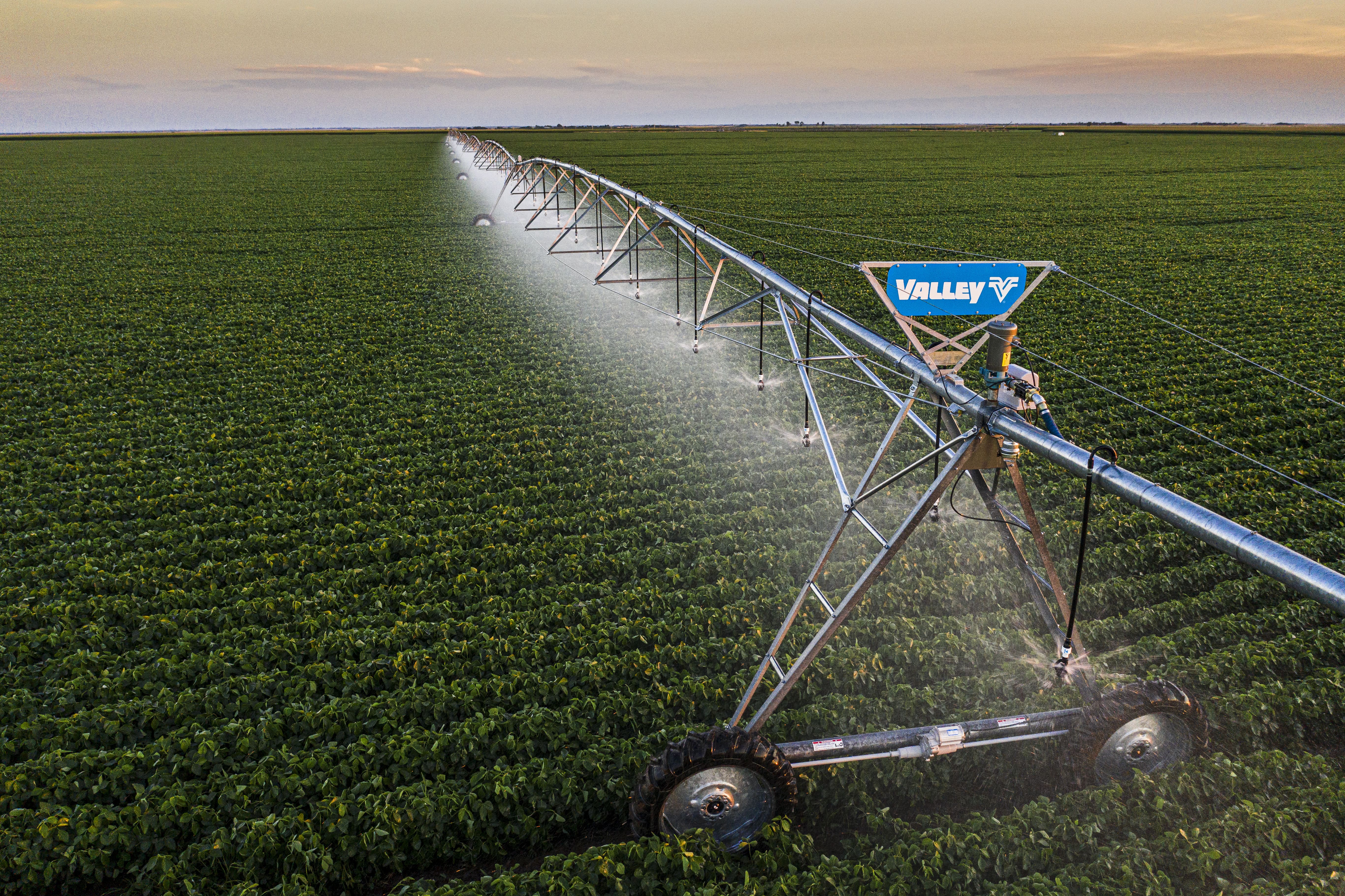by
User Not Found
| Nov 18, 2022
by Jake LaRue

Now is the time to plan so you’re prepared for the 2023 crop season, in particular how it relates to applying Nutrient and Crop Protection Products (N&CPP) through your center pivot. The first necessary item is to determine the overall field yield and, if available, have a good yield map. Consider making notes based on what you saw during the 2022 growing season and harvest of areas yielding high and low. Knowing the yields of the various areas can help plan for VRI speed or zone control applications.
What may have impacted the 2022 yield?
- Were you limited in keeping up with irrigation because of the dry conditions in many parts of the country?
- Did the yield vary in circular patterns in the field as shown by aerial imagery, yield maps, or observations (potentially indicating an issue with the sprinkler package)?
- Did you have yields limited due to fertility?
- Was the yield limited due to insects or disease?
- Maybe a combination of water, fertility, insects and disease?
Applying pre-plant anhydrous ammonia in dry conditions
Applying anhydrous ammonia before the ground freezes is common in many areas, particularly if your crop is corn. Ammonium ions are very stable in the soil. Over time, ammonium converts to nitrate (NO3), which is the form of nitrogen most used by plants.
If your soil is very dry, however, applying anhydrous ammonia may not be a good economic and sustainable plan. “When the soil temperature drops, without moisture available, fall applications of anhydrous are going to be about impossible to get sealed,” states Ken Ferrie, Farm Journal Field Agronomist. Furthermore, according to Iowa State University Extension and Outreach, soil moisture is needed to temporarily hold the ammonia so it can become attached to clay and organic matter in the soil.
The ammonia reacts and binds with soil constituents. It also reacts with water to form ammonium (NH4+). These reactions help retain ammonia at the injection point.
The inability to efficiently apply anhydrous ammonia pre-plant is another situation where the application of N&CPP, particularly nitrogen, may be most economical with your center pivot during the growing season.
You will also benefit from applying the proper amount of nitrogen when the crop needs it by dosing at levels that align with crop nitrogen consumption. This has the potential of reducing input costs and minimizing or eliminating leaching.
Your Valley Dealer is standing by to help you equip your irrigation equipment with the components needed to be ready to apply N&CPP’s for the upcoming season. Please contact them for assistance and guidance.